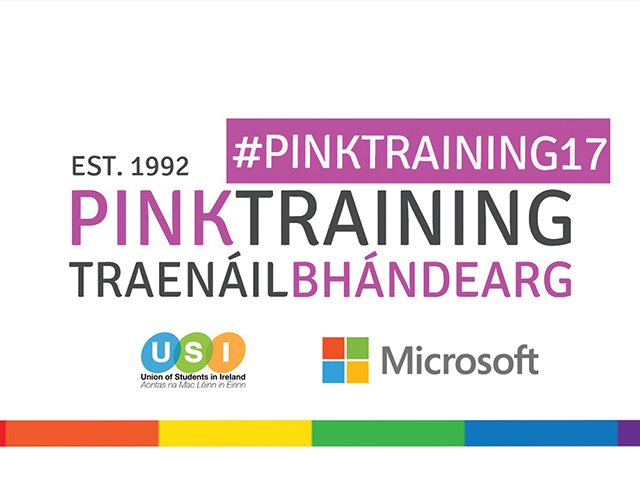
Covid-19 cases have spike among the Irish student population, with a total of 135 cases confirmed in NUIG and GMIT earlier this month.
Students in NUIG were sent a letter from the HSE’s director of public health west, Dr Breda Smyth, warning them that the nature of transmission means that a number of students could have been exposed to the virus.
Padraic Toomey, the NUIG Student Union’s president, said that many students were returning to Galway for the start of the second semester on the 8th of February.
“Thousands of students coming back mixing again with their housemates can cause a lot of spreading of the virus.”
“The virus we are dealing with now is more transmissible and that’s something we all need to realise,” he added.
Toomey explained that NUIG has the highest number of students not from its “catchment,” so their students will be travelling from all over the country. He believes that this travel may have led to some students catching the virus.
Students were living on and near the campus as those studying medicine and STEM have essential laboratory classes, in line with Level 5 restrictions.
When the outbreak first occurred, a hotline was set up to give people a quick and accessible way to contact their student health unit during the weekend.
Toomey said: “the hotline isn’t running anymore but our chaplaincy and counselling service is helping out anyone who is isolating.”
GMIT’s Covid officer emailed all students about the outbreak among students in Galway, urging anyone with symptoms to book a test.
While the cases in Galway are not linked to just one college, Toomey said that NUIG would have a larger number of students travelling to Galway compared to GMIT.
UL had to set up on-campus testing after seeing an increase of Covid-19 cases among students living near the campus.
In a statement, the university said that testing will be provided for free “in a bid to prevent further transmission among the student population.”
Students can book a test online regardless of whether or not they are showing symptoms.
Speaking with The Journal, Professor Kerstin Mey, UL President, said that campus activity has been reduced to approximately 2%, leaving “barely any” students or staff in the university, in line with the current guidelines in place.
While some think that the rise in cases among the student population is down to household visits, Toomey believes that the lack of on campus facilities means household members must spend more time together than normal.
“The fact that nothing on our campus is open, no study space, no library or anything meant students weren’t leaving their houses at all so this may have increased the amount of transmission in a household.”
Note: This article was reuploaded on 04/04/21 due to a fault with The College View website.
Emily Clarke
Image credit: NUIG



